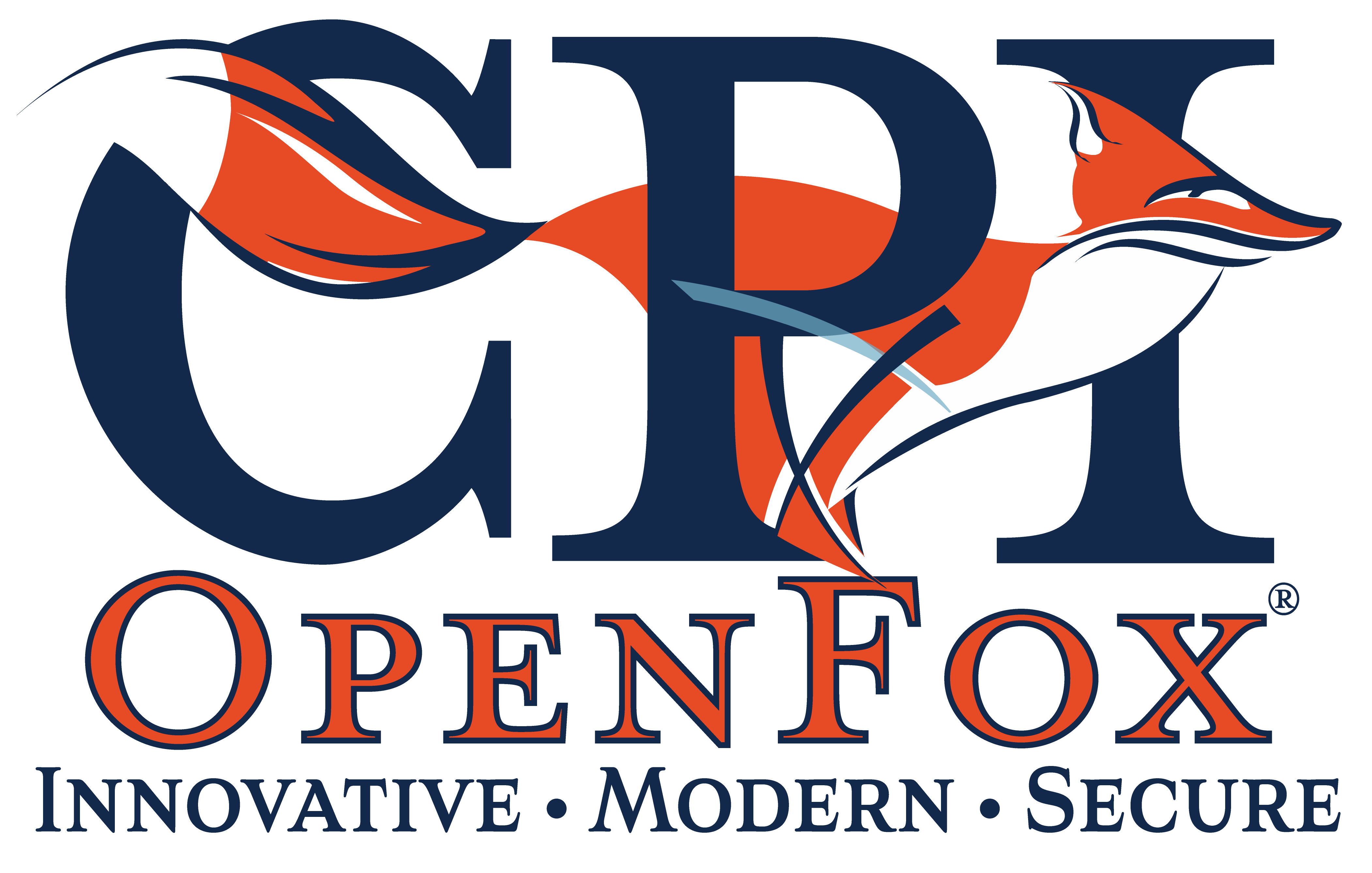The World Economic Forum’s Global Risks Report 2025 has again spotlighted one of our era’s most pressing challenges: misinformation and disinformation. The report identifies the rapid spread of false narratives—not only through conventional means but also via emerging AI-powered tools—as the most significant short-term global risk (in the next two to ten years). From deepfakes to shallowfakes, these technologies are altering digital communication. At a time when truth and digital evidence are more crucial than ever, industries like law enforcement and justice are facing unprecedented challenges. This article delves into the evolving threat of disinformation, exploring its implications across various sectors and highlighting the urgent need for detection and prevention tools.
The Growing Threat of Disinformation and Misinformation
Definition and Distinctions
Disinformation and misinformation are often used interchangeably, yet they have distinct differences. Misinformation involves unintentionally sharing inaccurate or misleading information, whereas disinformation is deliberately crafted to deceive. For example, while an honest error in reporting may lead to misinformation, a coordinated effort to influence public opinion through fabricated news is classed as disinformation.
Why It’s a Top Risk
According to the Global Risks Report 2025, disinformation undermines public trust, destabilises governance, and jeopardises public safety. The impact is far-reaching: governments find it increasingly difficult to maintain public confidence, businesses risk reputational damage and financial loss, and the media’s role as a trusted information source is seriously compromised. The spread of false narratives can distort electoral processes and policymaking, creating a vicious cycle of scepticism.
Cross-Industry Implications
- Public Sector: Disinformation threatens democracy by undermining policy decisions and electoral integrity.
- Private Sector: Companies face brand damage and financial fraud as misleading information can trigger market disruptions and consumer mistrust.
- Media and Communications: The credibility of news organisations is eroded as audiences struggle to discern truth from manipulation.
- Investigations: False or manipulated digital evidence can derail criminal and civil investigations, leading to misguided trials and potentially unjust outcomes.
Deepfakes and Shallowfakes
Deepfakes vs Shallowfakes
Advances in AI have given rise to deepfakes—highly sophisticated, computer-generated media that convincingly mimic real people and events. In contrast, shallow fakes involve simpler editing tools like Photoshop to change the context of images, audio, or video clips. Despite their differences, both forms pose serious challenges by blurring the lines of reality.
Impact on Digital Evidence
The advent of deepfakes and shallow fakes has complicated verifying digital evidence. For law enforcement and judicial systems, distinguishing authentic footage from manipulated content is now a burden. As these technologies evolve, so must our methods for validating digital evidence—failure to do so risks compromising the integrity of legal processes and the justice system.
Investigations in the Age of Disinformation
Challenges Faced by Investigators
Investigators now face multiple challenges regarding capturing and managing digital evidence. The large volume of digital content and the sophistication of AI-generated deepfakes make verifying authenticity or the chain of custody increasingly difficult. This not only demands more time and specialised resources but also threatens the overall integrity of judicial processes. Misleading digital evidence can disrupt investigations, leading to wrongful convictions and miscarriages of justice.
The Need for Robust Digital Evidence Solutions
To counter these challenges, there is an urgent need to invest in secure and verifiable digital evidence tools that detect and prevent disinformation from the outset. As digital disinformation continues to evolve, so must our strategies, ensuring that those tasked with upholding the law are always ahead of those seeking to manipulate the truth.
Are You Ready? The Global Risks Report 2025 makes it clear that disinformation is not just an abstract threat, but is real and evolving, potentially disrupting nearly every facet of society. As AI-generated content further blurs the boundaries of truth, it is up to industries, departments, and organisations to reassess their strategies for maintaining credibility and trust. The question remains: how do you see disinformation impacting your work and industry? And, more importantly, are you prepared for the challenges posed by deepfakes, shallowfakes, and other forms of manipulated content?
Learn more: https://www.openfox.com/products/meafuse/


